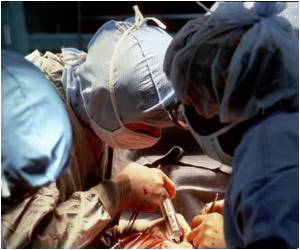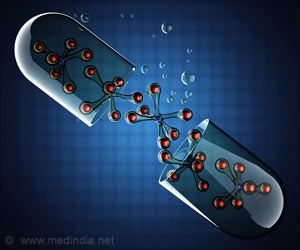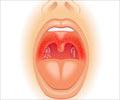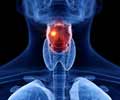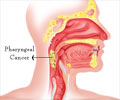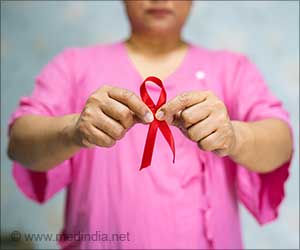Endoscopic submucosal dissection (ESD) is a newer technique for removing lesions in the gastrointestinal tract that involves cushioning the lesion and then dissecting underneath it.
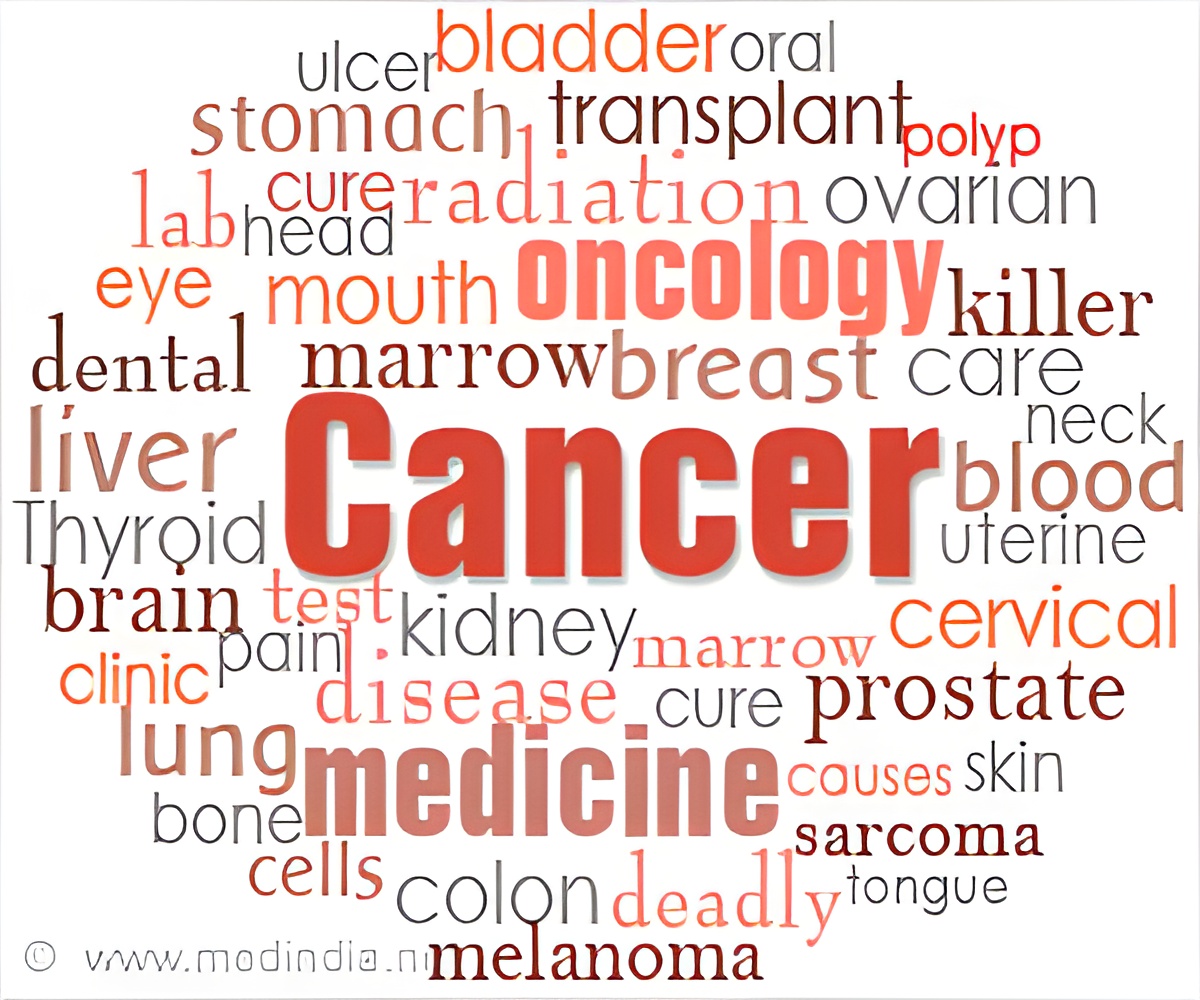
‘Pharyngeal cancer often is detected at later stages, and the outlook for these patients historically has been poor and endoscopic submucosal dissection (ESD) is a newer technique for removing lesions in the gastrointestinal tract.’





Pharyngeal cancer often is detected at later stages, and the outlook for these patients historically has been poor. But recent developments in gastrointestinal endoscopy have allowed for earlier diagnosis of these lesions. When the cancer has been detected earlier, surgery and chemotherapy traditionally have been used. But these treatments can have negative effects on the patient's quality of life, including cosmetic deformities and/or long-term difficulties with swallowing and speech. ESD has been used for some patients with early pharyngeal cancer, but no prospective trials had been reported prior to this study.
Between September 2010 and August 2014, 54 patients who were diagnosed with superficial pharyngeal cancer were studied. Their cancers ranged from stage 0 to stage 4. The researchers' goal was to find out whether a complete resection (removal) rate of 80 percent or higher could be achieved with ESD.
For these 54 patients, ESD resulted in an en bloc resection rate of 100 percent, and a complete resection rate (the rate of en bloc removals with tumor-free margins) of 79.5 percent.
Most adverse events were temporary, such as swelling of the site and difficulty swallowing. Three patients had emphysema related to deeper dissection of the muscle layer. No serious adverse events were reported. For all of the patients, swallowing, speech and airway function were preserved. The three-year overall survival rate was 97.7 percent, and the three-year recurrence-free survival rate was 98.1 percent.
Advertisement
Source-Eurekalert


